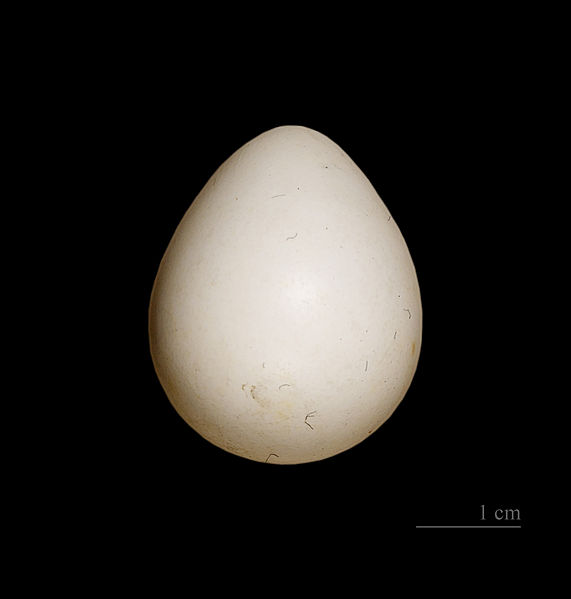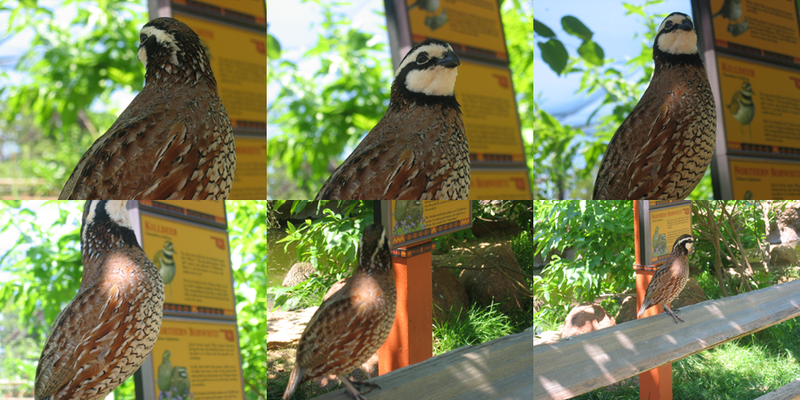Reproduction
Arguably nothing is more important than reproduction. Without it no more species of organisms would exists. More importantly, no bobwhite quails would be created for us to watch, study, and hunt. This page will tell you exactly how this magnificent bird reproduces and what its life cycle is.
Depending on the location of the bobwhite quail, the whistle of the first mating call may be heard as early as January in the south. In the north where the weather stays colder longer the mating call isn't usually heard until March. At these times male quails go out in an attempt to attract a female to mate with.
The bobwhite quail is unique due to the fact that when a male pairs up with a female, that "couple" will stay together for about 1 year. But before they can start a "family" known as a covey, they must attract a female.
To attract a partner male quails need to first impress a female with a ritual or performance. If you were to observe this performance you would see the male quail do a number of things to attract a mate. First, the male will lower its head and extend its wings with its elbows held back to form a wall of feathers. Next, the male will puff out its chest and will walk or even rush towards the female. If the female is impressed she will agree to mate with the male.

Once a male has found a partner they will both work on building a nest for the eggs. Nests are made by the quails digging a small hole in the ground and filling that hole with dead leafs and other dead plant parts. Grasses are usually added to the top of the nests to aid in concealing it. After the nest is complete, the female will lay about 1 egg a day for 18-20 days. Usually producing 14-18 eggs. However, nesting losses occur about 60%-70% of the time resulting in renesting attempts. If renesting needs to occur, the males that originally mated with the females will be past their peak of fertility. Other bobwhite quails that failed to mate with a female earlier in the mating season will now be able to mate. In the new nest, fewer eggs will be laid after every renesting attempt. This could be up to 3 times a year. Regardless of when the eggs are laid they will hatch about 23 days later. Sadly, many chicks will die 1-2 weeks after hatching.
Because a bobwhite quail's life expectancy is less than one year, many quails rarely mate more than once. This also results in a juvenile population that will be 70%-80% of the entire population.
By fall, quails will have made a covey of about 17 quails to help maintain body temperatures in colder climate. In winter, quails tend to stay roosted most of the day to conserve body heat. They really only leave the roost to scavenge for food. By march the next year, about half of the covey will have survived the winter and the mating process and life cycle will start all over again.
But of course their life cycle wouldn't be complete without some Interactions

